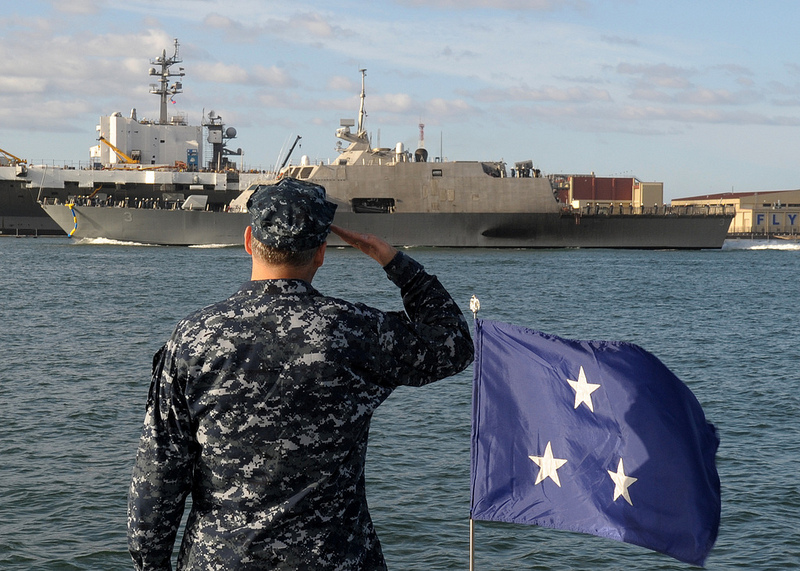Policy, what policy?
 An ear-piercing alarm should ring the moment a politician pretends national security is too important for party politicking. You know they’re lying. That’s because within seconds they’ll set about violating their own injunction. Thin, grasping, avaricious fingers reach out from beneath the purity of the policy wrapping. They’re clutching around for any scrap of partisan political advantage they can use to belabour their opponents.
An ear-piercing alarm should ring the moment a politician pretends national security is too important for party politicking. You know they’re lying. That’s because within seconds they’ll set about violating their own injunction. Thin, grasping, avaricious fingers reach out from beneath the purity of the policy wrapping. They’re clutching around for any scrap of partisan political advantage they can use to belabour their opponents.
Before the campaign began Kevin Rudd flew to Afghanistan to thank the troops. That was terrific and appropriate. Nor should Tony Abbott be prevented from demonstrating his own personal battle-fitness by doing push-ups with the troops. These are the sorts of anodyne images you expect during election campaigns.
Last week was different. For the first three weeks of the election campaign a deafening silence had enveloped strategic issues. But then, quite suddenly, the military was all anyone wanted to talk about. A deliberate, systematic attempt was being made to use national security for partisan political advantage. Read more







